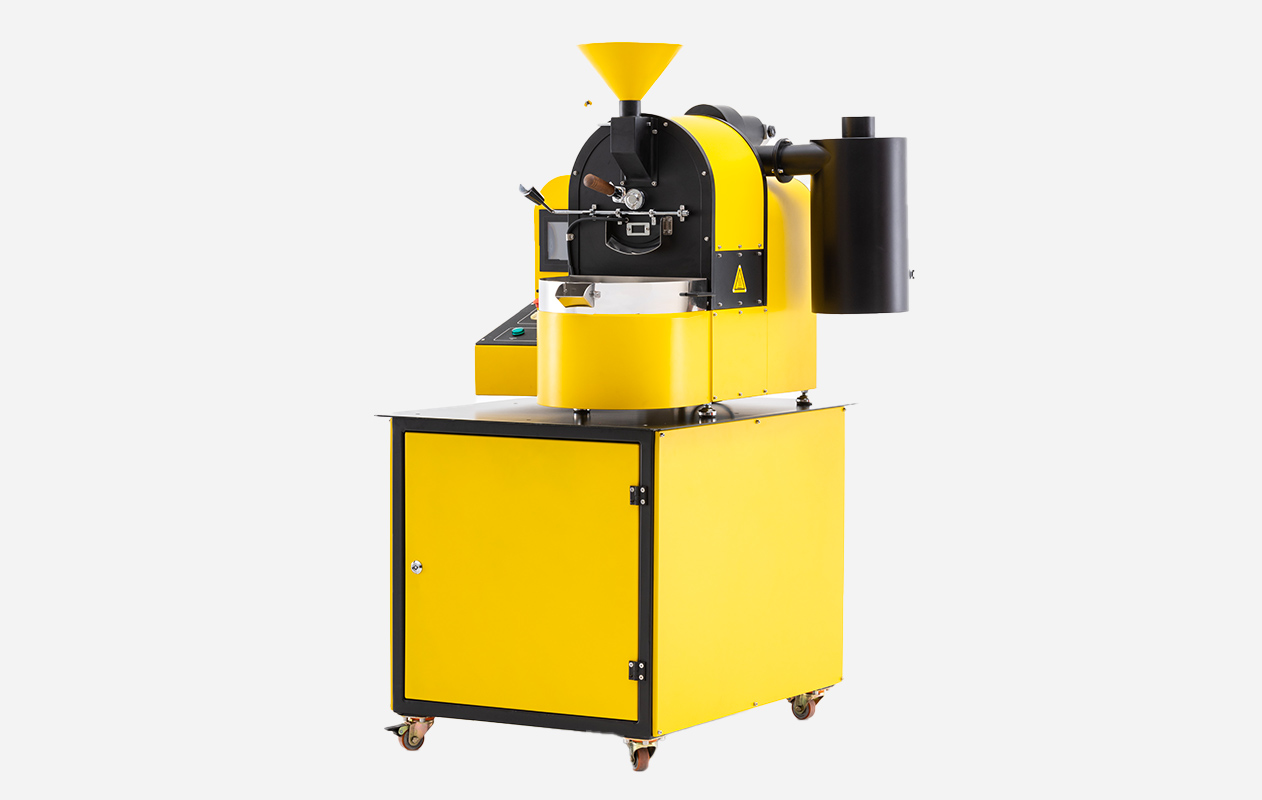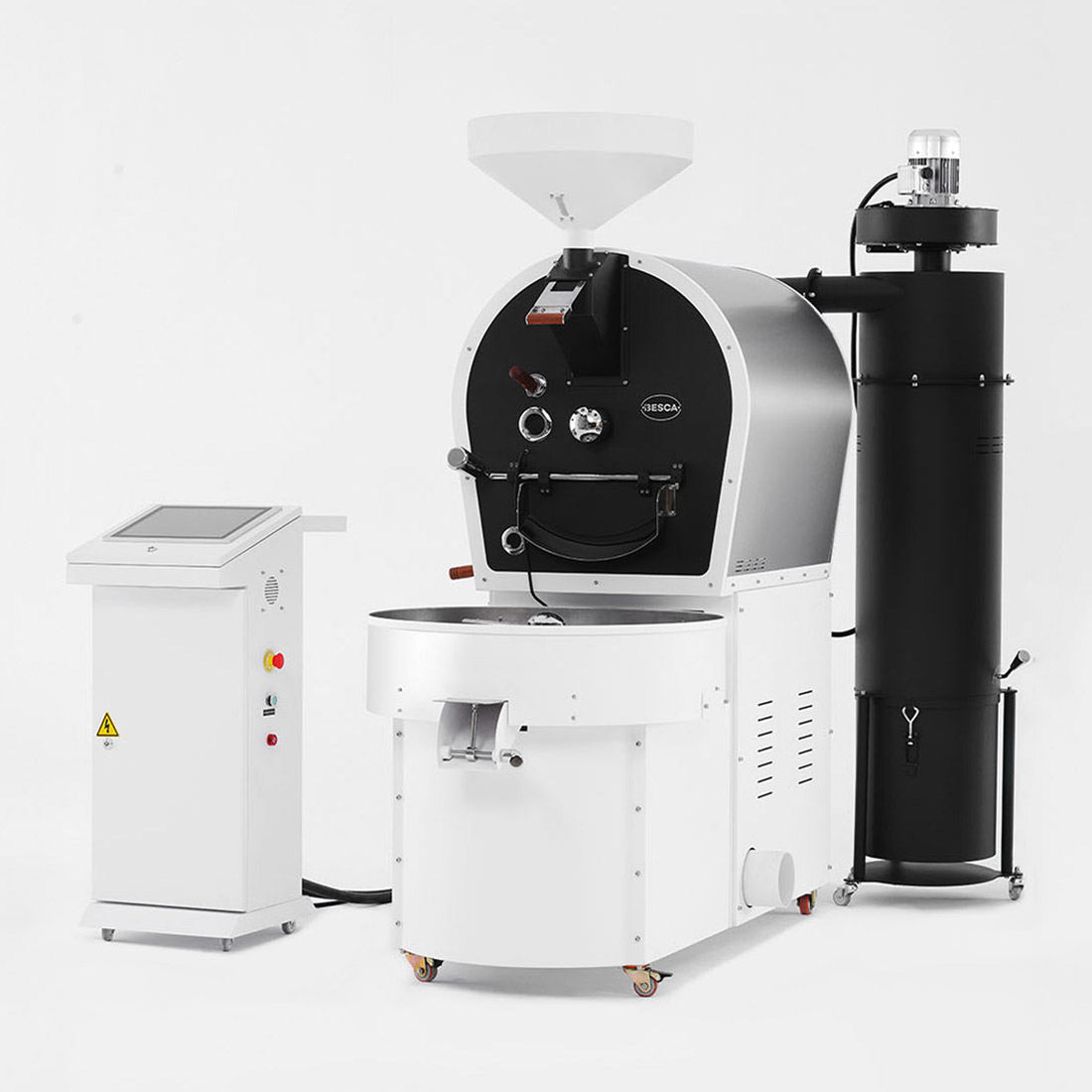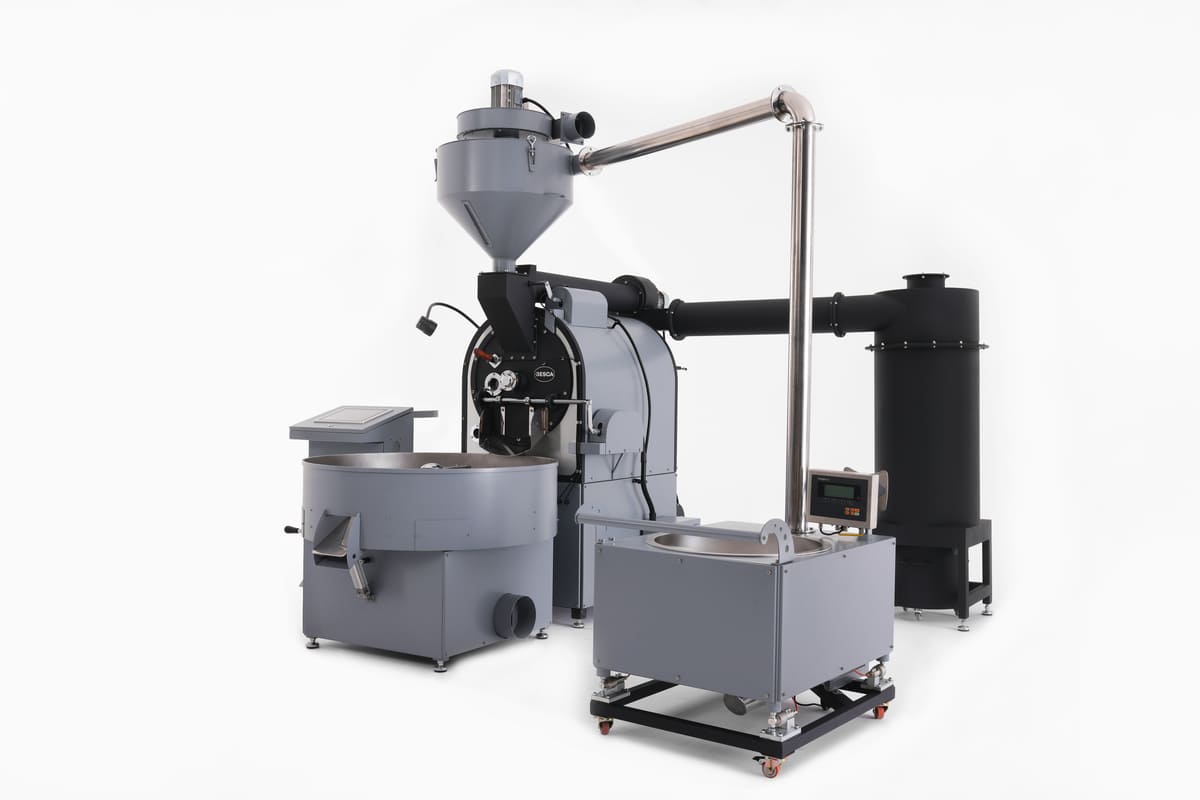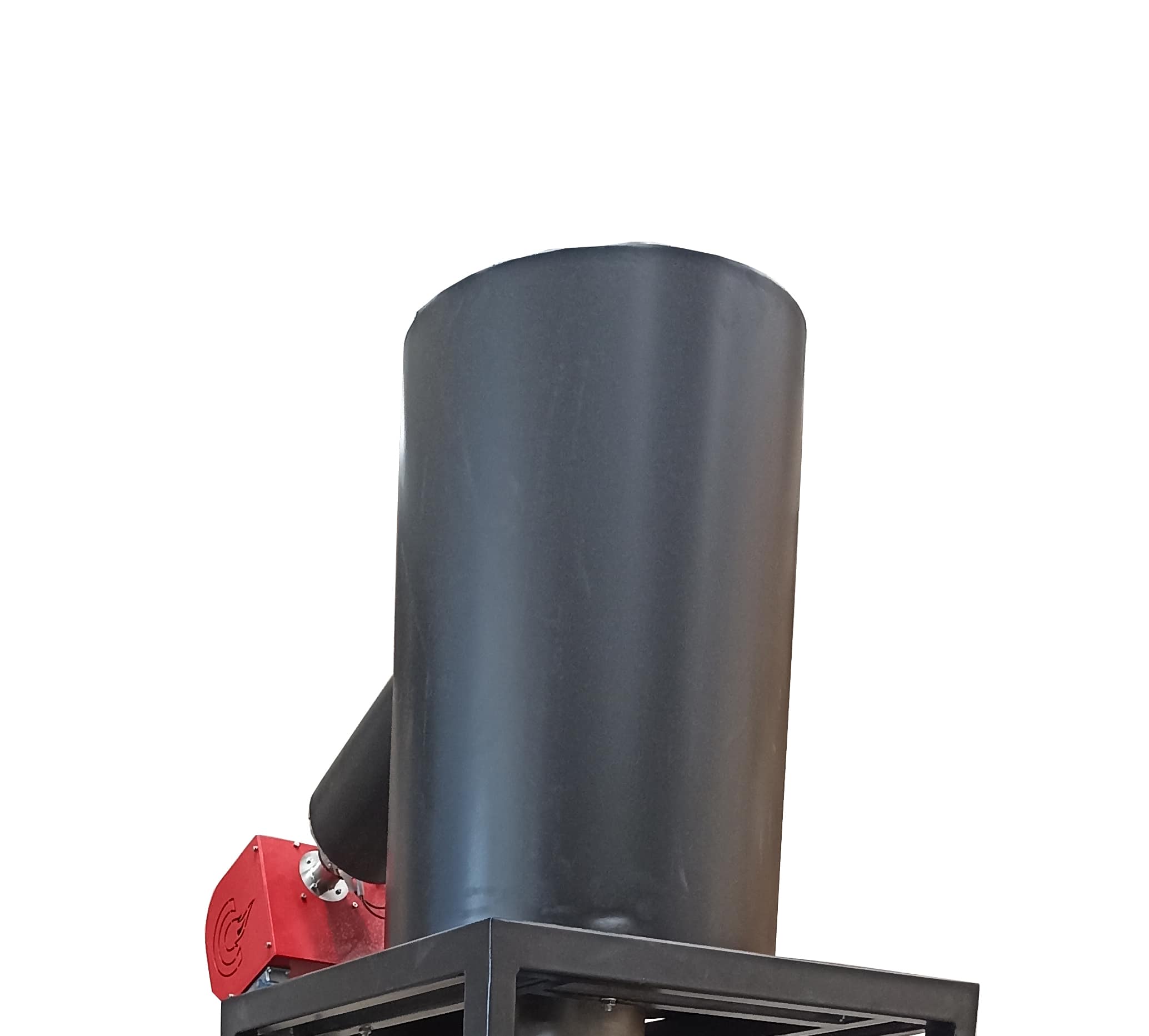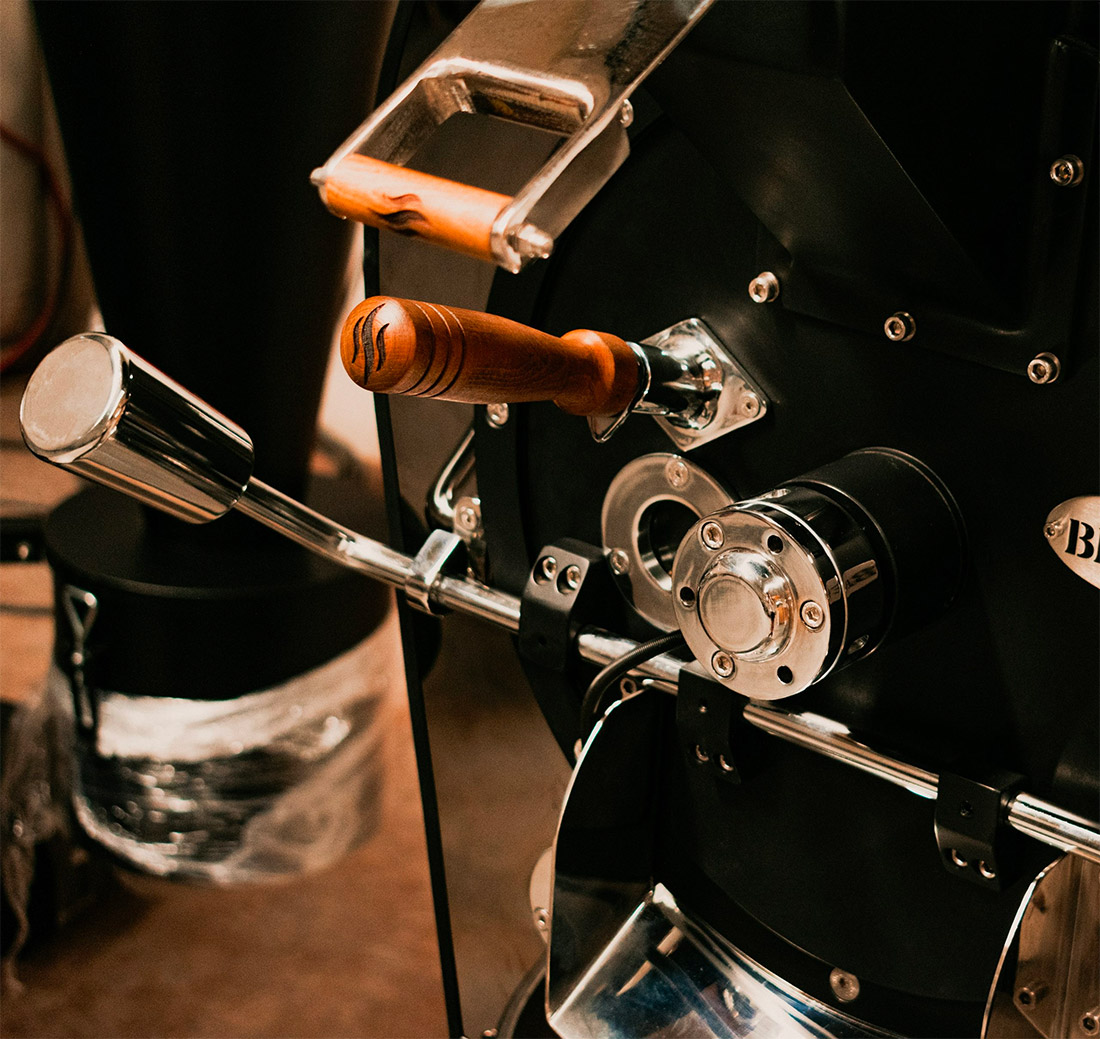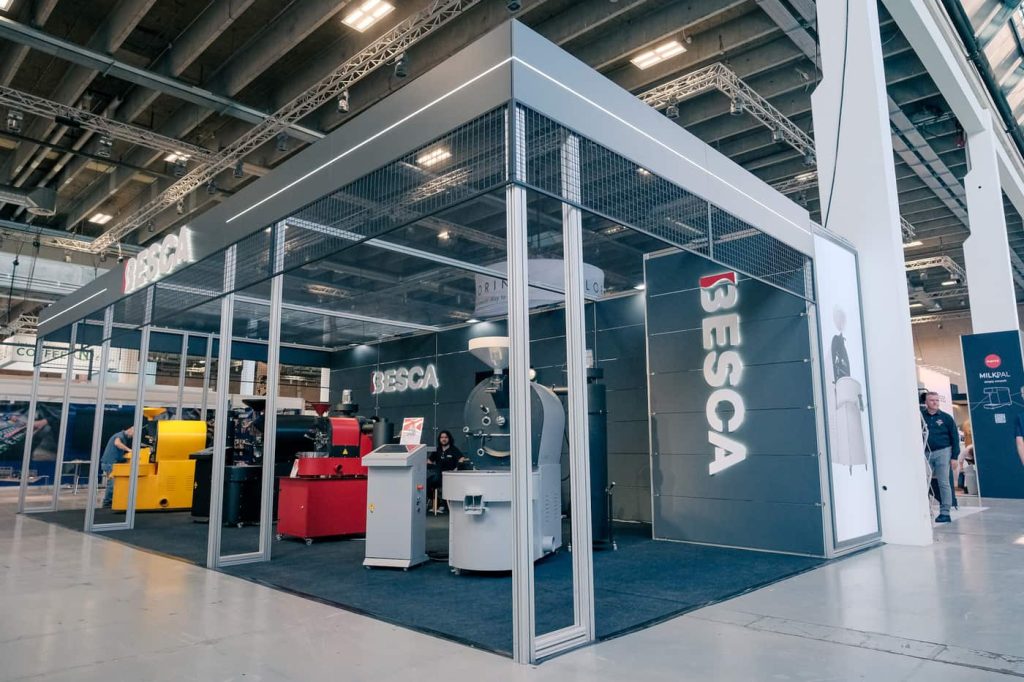Roasting coffee machine is a transformative process that alters the chemical and physical characteristics of beans. Through roasting coffee machine, the green coffee beans undergo a taste transformation, resulting in the distinct flavors associated with coffee. Roasting coffee machine is an art form, and there are numerous roasting styles practiced worldwide, each with its unique approach. In this blog, we will provide a comprehensive overview of the roasting process and guide you in roasting your own beans.
To begin, it is essential to understand your roaster machine. The classic drum roaster coffee machine, which we manufacture, is the most prevalent and effective type in the industry. Drum roasters operate on the principle of a rotating cylindrical drum coffee machine. The drums are heated either by gas or electric burners coffee machine. Once the drum coffee machine reaches the optimal temperature, we pour the beans into it. Our drums require a pre-heat period of 2-4 minutes before the roasting process begins, and the actual roasting takes approximately 8-12 minutes. During this time, the beans undergo various stages: green, yellow, steam, first crack, development, second crack, and cooling.
Green: This represents the raw form of coffee beans. The color may vary slightly depending on the bean’s quality and the environment in which the coffee is grown.
Yellow: When the beans are introduced into the hot drum coffee machine, their color starts to change within the first 2-3 minutes. It is crucial to start monitoring the color at this stage.
Steam: As the temperature rises above 120 degrees Celsius, the beans undergo color, flavor, and aroma changes. The beans transition from yellow to brown during this stage. The Maillard reaction occurs, wherein the interaction between sugar and amino acids is activated by heat, resulting in the coffee’s distinctive taste. Continuous monitoring of the beans is recommended.
First Crack: This signifies that the beans have reached a medium roast, typically a City roast. Towards the end of the browning stage, moisture trapped within the beans transforms from liquid to gas, creating pressure that is then released with a sound resembling popcorn popping. The first crack can cause the beans to double in size as their inner structure expands.
Development: The coffee beans become browner, and the surface becomes smoother. This stage is where aroma compounds develop, defining the coffee’s key characteristics such as acidity, sweetness, and body. The development stage allows for experimentation with various variables, including roast length, darkness, and increments in between. Careful monitoring is crucial during this stage, as just a matter of 30 seconds can result in a completely different coffee flavor.
Second Crack: If the roast continues, the coffee may enter a second crack. This crack produces a softer sound compared to the first crack. Roasting too deep into the second crack can mask the stronger and more distinct flavors of the beans. Close attention must be paid during this stage, as the beans’ character rapidly changes. Prolonged roasting at this stage may even lead to burning.
Cooling: It is important to ensure that your roaster coffee machine has an efficient cooling mechanism. We employ Bonfiglioli motors for cooling. After roasting, the coffee should be cooled rapidly to reach room temperature. Swift cooling is essential, as an extended cooling period may result in a dull taste.
By understanding the various stages of the roasting process, you can embark on an exciting journey of roasting your own coffee beans.

